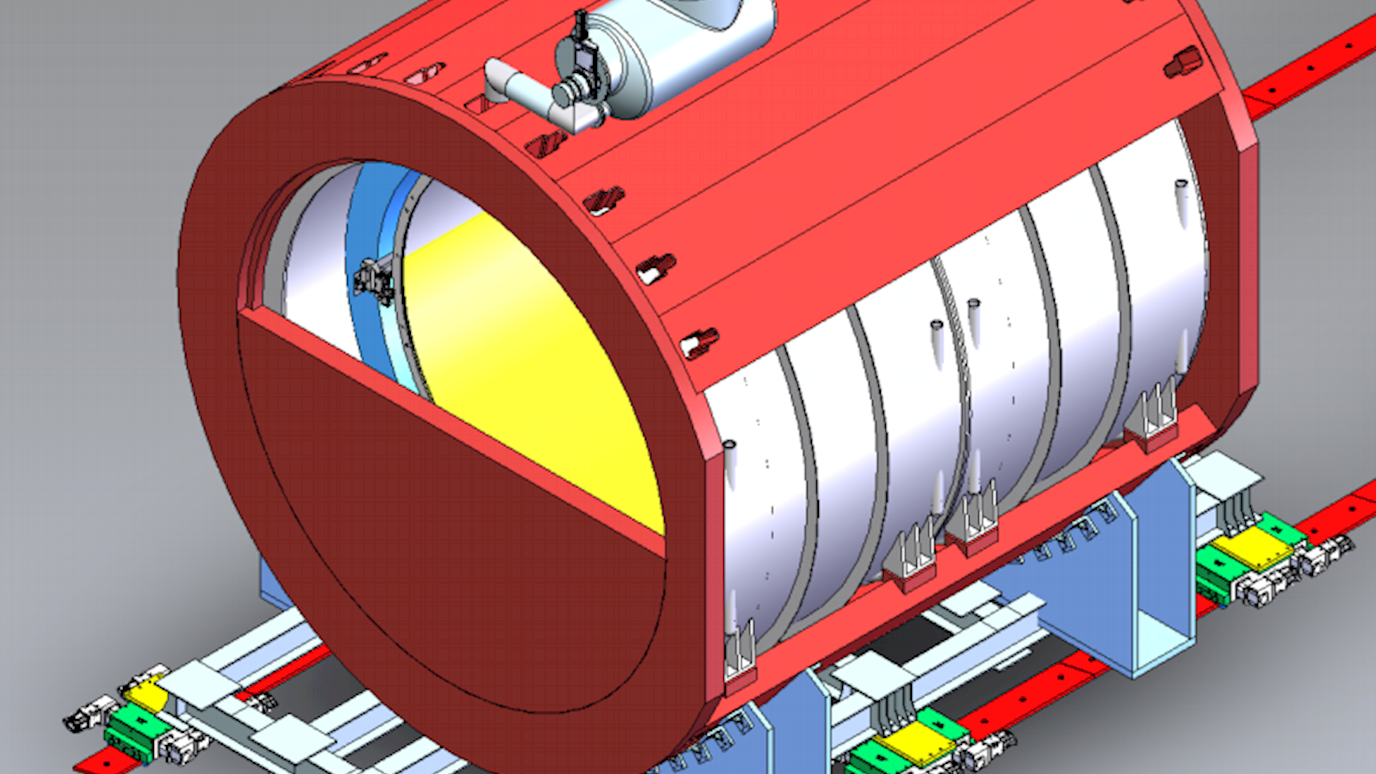
The Deep Underground Neutrino Experiment (DUNE) at the Long Baseline Neutrino Facility (LBNF) is a next generation neutrino experiment planning to build a very large scale 40 kt LAr detector to provide unprecedented sensitivity to study neutrinos. The very large detector will be located at the Stanford Underground Research Facility (SURF) at a baseline of 1300 km from the Fermilab neutrino beam. DUNE proposes an immense scientific program and will answer many of the great questions of neutrino physics.
Origin of Matter
Unification of Forces
Black Hole Formation
The Mainz group is contributing to the near detectors of the DUNE complex, which are essential to understand the properties of the neutrino beam and how neutrinos interact with argon.
The process of a neutrino or anti-neutrino interacting with matter can be described by the neutrino exchanging a W- or Z-boson a neutron or proton within the argon nucleus. To understand this process it is not only important to understand the energy/momentum distribution of the argon nucleons, but also on how the particle produced inside the nucleus interact when traversing the nuclear medium of the argon nucleus.
This process will be studied by filling a TPC, a tracking chamber, with argon gas at 10 bar pressure. All, even very low energy charged particles, will leave a curved track in the TPC. Neutral particles like photons and neutrons will be measured with a calorimeter surrounding the TPC. This calorimeter will need to be able to measure the direction and energy of low and high energy photons as well as measuring the velocity of neutrons via their time of flight from the interaction vertex.
We are developing the design, detector technology and electronics for this calorimeter.

DUNE Near Detector (ND-GAr)
Please have a look here for Bachelor, Master and PhD theses in the ETAP group.